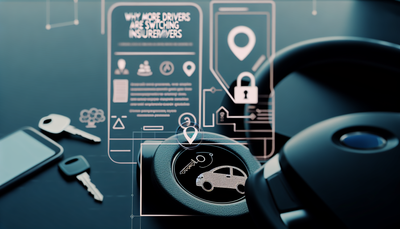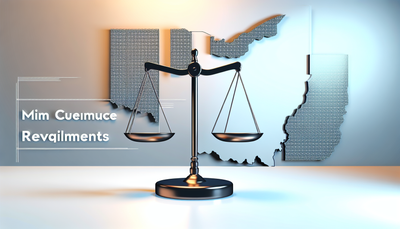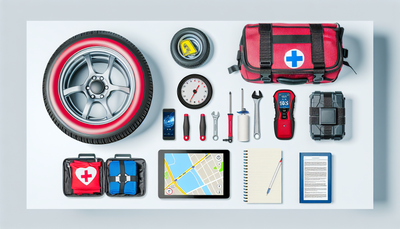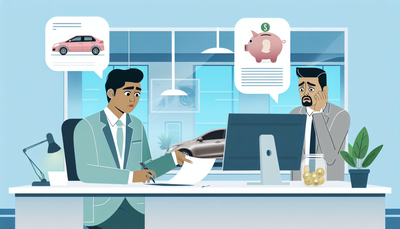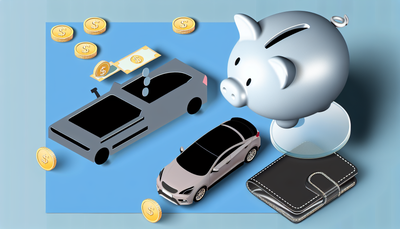How to Lower Your Auto Premiums Without Skimping on Coverage

How to Lower Your Auto Premiums Without Skimping on Coverage
Keeping your car insured is non-negotiable—but that doesn’t mean you have to overpay for it. Many drivers unknowingly spend more than they should on auto premiums, assuming that cheaper insurance means cutting back on essential coverage. The good news? That’s not true. With a few strategic moves, you can lower your insurance costs without compromising on protection.
Here’s how to keep both your wallet and your peace of mind intact.
1. Shop Around and Compare Quotes
It sounds basic, but many people renew their policy year after year without checking what competitors offer. Insurers use different formulas to calculate risk, so pricing can vary dramatically.
Tip: Use an online comparison tool to get quotes from at least three providers. Make sure each quote offers the same levels of coverage so you’re comparing apples to apples.
2. Bundle Your Policies
Do you have homeowners or renters insurance? Many insurers offer discounts when you bundle multiple policies together.
Pro tip: Ask your provider about discounts for bundling auto with home, renters, or even life insurance. Bundling can save you up to 25% in some cases.
3. Increase Your Deductible
Your deductible is the amount you pay out-of-pocket before your insurance kicks in. Generally, the higher your deductible, the lower your premium.
Word of caution: Only increase your deductible if you can comfortably afford to pay that amount in case of an accident.
4. Maintain a Clean Driving Record
Good driving pays off. A clean record—free of accidents, speeding tickets, or other violations—makes you look like a lower-risk customer to insurance companies.
Quick win: Take a defensive driving course. Many insurers offer discounts of up to 10% for certified completion.
5. Take Advantage of Discounts
Insurers offer a variety of discounts you may not know about:
- Good student discount
- Low-mileage discount
- Military or veteran discount
- Safety feature discount (for things like anti-lock brakes, airbags, etc.)
Action step: Call your agent and ask them to do a discount audit on your policy.
6. Drive Less or Consider Usage-Based Insurance (UBI)
If you work remotely or don’t drive much, usage-based insurance might be a smart move. UBI programs monitor your driving habits and mileage using a mobile app or plug-in device. Safe, low-mileage drivers often benefit from significantly lower premiums.
7. Review and Adjust Your Coverage Annually
Life changes—your insurance should too. Evaluate your policy annually to ensure it still fits your needs. Maybe your car is older and doesn’t need comprehensive coverage, or maybe you moved to a safer neighborhood.
Checklist:
- Is your current vehicle worth carrying comprehensive or collision coverage?
- Have your driving habits changed?
- Are all listed drivers on the policy still accurate?
Conclusion
Lowering your auto premiums doesn’t have to mean downgrading your coverage. With thoughtful planning, smart shopping, and proactive communication with your insurer, you can reduce your insurance costs while maintaining the protection you—and your vehicle—deserve. Remember, the key is to stay informed, ask questions, and make adjustments as your life evolves.
Your best rate is out there—go find it!
Want more money-saving tips? Subscribe to our newsletter and never miss a chance to keep more cash in your pocket.


